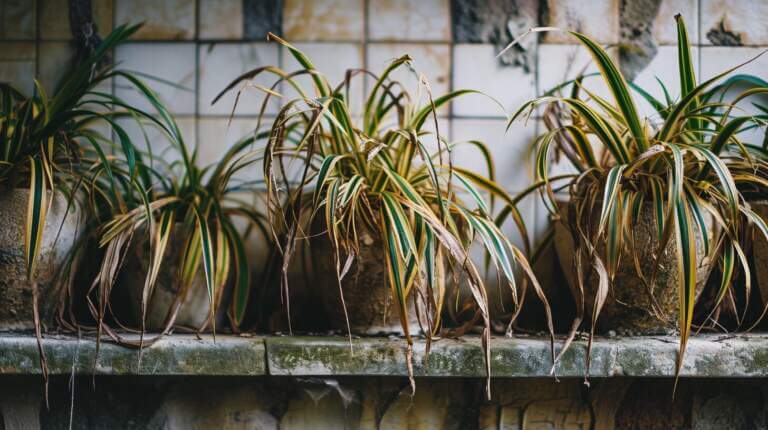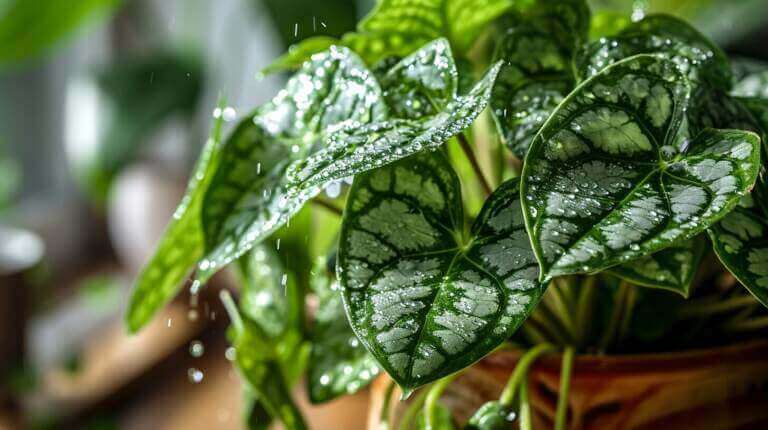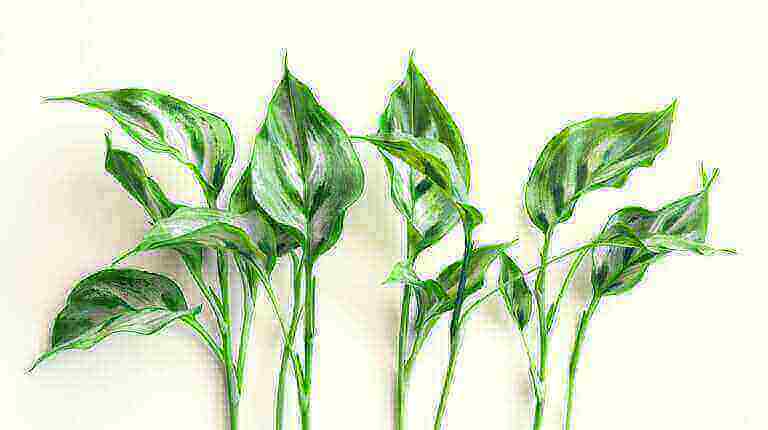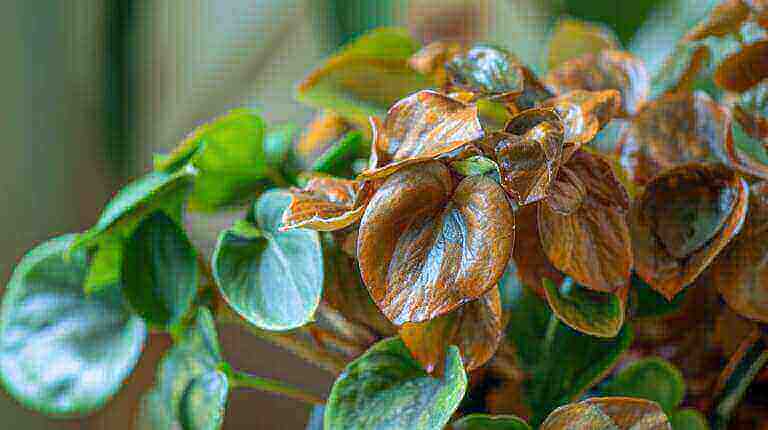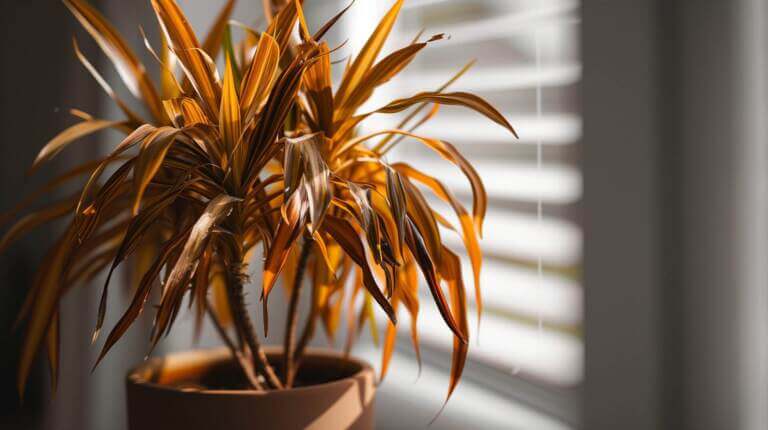How Tall Does a Fiddle Leaf Fig Plant Grow? Ficus Lyrata Maximum Height Revealed
Fiddle leaf figs tree are a popular choice for indoor houseplants due to their tall, elegant growth. But just how tall can these fig trees get? In their natural habitat, fiddle leaf figs can reach heights of up to 60 feet. However, when grown indoors, they typically reach a more manageable height of around 10 feet. Keep reading to learn more about how these tropical plants grow and the care they require.
Key Takeaways:
- Fiddle leaf figs can grow up to 60 feet tall in their natural habitat.
- Indoor fiddle leaf figs usually reach a height of about 10 feet.
- In rooms with high ceilings and ample light, fiddle leaf figs can grow even taller.
- Smaller varieties, such as dwarf fiddles and bambinos, may only reach 3-5 feet.
- Fiddle leaf figs are fast growers and can increase in height by a foot or two each year under the right conditions.
Creating the Ideal Growing Conditions for a Fiddle Leaf Fig
To foster optimal growth for your fiddle leaf fig, it’s important to create the right growing conditions. Firstly, choose a spacious and well-lit room for your plant, such as a sunroom or large foyer. Fiddle leaf figs thrive in bright, indirect sunlight and should be protected from direct exposure to harsh midday sun.
Maintain a consistent temperature between 65-85 degrees Fahrenheit and avoid placing the plant in drafty areas or near heating and air conditioning vents. In terms of soil, use a well-draining potting mix that retains some moisture but doesn’t become waterlogged.
Water your fiddle leaf fig when the top few inches of soil are dry, usually every 7-14 days. Fertilize your plant with a nitrogen-rich fertilizer during the active growing season, which is typically from spring to early fall. Prune your fiddle leaf fig to remove dead or damaged leaves and to shape the tree according to your preference.
If your plant becomes top-heavy and needs support, you can stake it temporarily until it becomes stronger.
Table: Ideal Growing Conditions for a Fiddle Leaf Fig
| Aspect | Considerations |
|---|---|
| Light | Bright, indirect sunlight; protect from direct exposure |
| Temperature | Consistent range of 65-85 degrees Fahrenheit |
| Soil | Well-draining potting mix |
| Watering | When top few inches of soil are dry |
| Fertilizing | Nitrogen-rich fertilizer during active growing season |
| Pruning | Remove dead or damaged leaves; shape the tree |
| Staking | Support top-heavy plants temporarily |
Troubleshooting Tips for Healthy Fiddle Leaf Fig Growth
If you notice your fiddle leaf fig experiencing some problems, don’t worry! Here are some troubleshooting tips to help you maintain healthy growth.
Yellowing leaves can be a common issue and may indicate overwatering or inadequate sunlight. To address this, adjust your watering schedule and ensure your plant receives enough light. Remember, fiddle leaf figs prefer bright, indirect sunlight.
Brown spots on the tips of the leaves can be a sign of low humidity or under watering. To combat this, increase humidity levels by misting the leaves regularly or placing a small humidifier near your plant. Additionally, make sure you are watering your fiddle leaf fig when the top few inches of soil are dry.
If you notice dark patches or spots on the leaves, it could be caused by direct sunlight or leaf spot disease. To address this, carefully prune and remove affected leaves. If necessary, treat with a suitable fungicide. Remember to avoid wetting the leaves when watering to prevent the spread of disease.
If your fiddle leaf fig is leaning to one side, it may be reaching for more light. Rotate the plant periodically to ensure even growth or use a support to keep it upright.
Lastly, fiddle leaf figs can be susceptible to pests such as spider mites and scale insects, as well as bacterial or fungal diseases. Regularly inspect the leaves for signs of infestation or disease, and treat accordingly with organic pesticides or other remedies.
FAQ
A healthy fiddle-leaf fig plant can grow up to 50 feet tall in its natural habitat, but when grown indoors, it typically reaches a maximum height of around 6 feet under the right conditions.
When should I prune my fiddle-leaf fig?
You should prune your fiddle-leaf fig in the spring to encourage new growth and maintain a desirable shape. Remove any damaged or dead leaves, and trim back unruly branches to promote a bushier growth pattern.
How do I care for my fiddle-leaf fig plant?
Proper care for your fiddle-leaf fig involves providing it with bright, indirect light, watering it when the top inch of soil is dry, and ensuring it has well-draining soil. Additionally, you can fertilize it every 4-6 weeks during the growing season to support its health.
What is the best way to encourage new growth in my fiddle-leaf fig tree?
To encourage new growth, make sure your fiddle-leaf fig has adequate sunlight, provide it with consistent watering, and consider using a growth-promoting plant food during the growing season.
How often should I water my fiddle-leaf fig?
You should water your fiddle-leaf fig when the top inch of the soil feels dry to the touch. Overwatering can lead to root rot, while underwatering can cause leaf drop, so it’s important to find the right balance for your plant.
Should I repot my fiddle-leaf fig?
If your fiddle-leaf fig has outgrown its current pot or its roots are becoming root-bound, it’s time to repot it into a slightly larger container with good drainage. Repotting every 1-2 years in the spring is ideal for the plant’s health.
How do I prevent my fiddle-leaf fig from growing too tall?
To prevent your fiddle-leaf fig from getting too tall, you can prune it regularly to encourage a bushier growth habit. Additionally, you can control its height by positioning it in a spot with slightly lower light intensity to slow down its growth rate.
Can I use a grow light to help my fiddle-leaf fig tree grow?
Yes, you can use a grow light to supplement the natural light for your fiddle-leaf fig, especially if your home doesn’t have ideal light conditions. Place the grow light above the plant for 12-16 hours a day to mimic sunlight and promote healthy growth.
What should I do if my fiddle-leaf fig is dropping lower leaves?
If your fiddle-leaf fig is dropping lower leaves, it could be a sign of overwatering, underwatering, or poor lighting conditions. Assess the plant’s environment and adjust its care regimen accordingly to prevent further leaf drop.
How much water does a fiddle-leaf fig tree need?
Fiddle-leaf fig trees prefer moderate watering, so it’s important to water them when the top inch of soil is dry. Avoid giving them too much water, as excessive moisture can lead to root rot and other issues.



